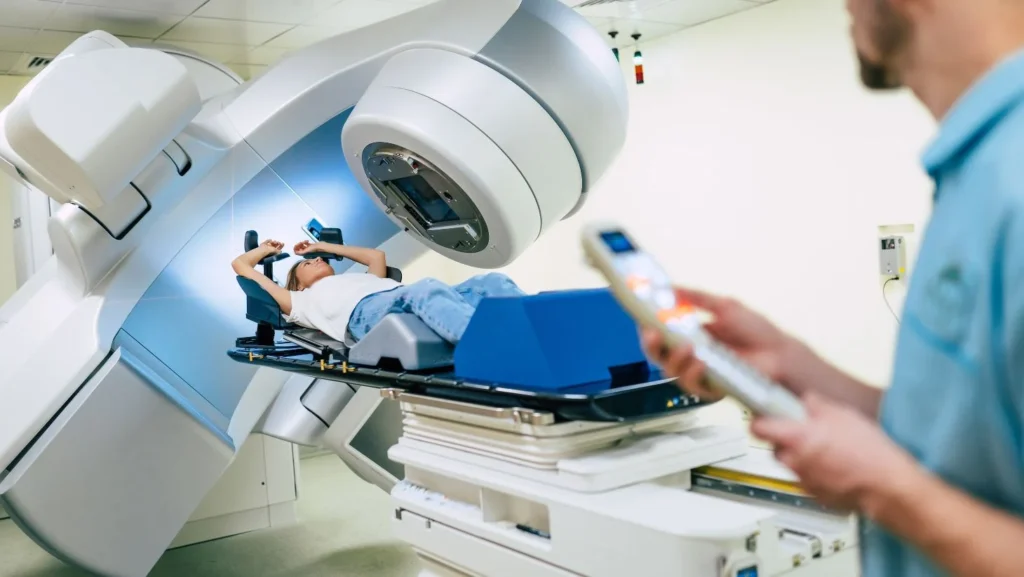Testosterone replacement therapy (TRT) can be given through injections, gels, patches, pellets, or oral formulations, depending on the patient’s needs and doctor’s recommendation. The goal is to restore testosterone to healthy levels while minimizing side effects. Regular blood tests and follow-up visits are required to monitor hormone levels, symptoms, and overall health during treatment.
Giving treatment with testosterone replacement therapy (TRT) is a treatment used to normalize testosterone levels in men with low testosterone (low T) due to aging, illness, or other factors. This process involves diagnosis, selection of the right treatment, regular therapy and working together with the clinic to get the best results.
Step 1: Diagnosis and evaluation
Before starting TRT, the doctor should make sure that the patient has low testosterone levels through:
- Blood tests – Testosterone levels fluctuate during the day, so a test in the morning is done to make sure the levels are low.
- Symptom assessment – Low levels of common symptoms of testosterone include fatigue, low sex drive, depression, muscle loss, and difficulty in to concentrate.
- History of Illness and Physical Examinations – Doctors check for the presence of major conditions such as obesity, diabetes, and pituitary disorders that can contribute to low T.
Step 2: Testosterone injection
Of the various methods of introduction of TRT, injections are most commonly used because of their effectiveness, savings and ability to provide accurate administration.
How Testosterone Injections Work
Testosterone injections are done intramuscularly (IM) or subcutaneously (subq).
- Intramuscular injection (IM): It is commonly introduced deep into the muscle, in the gl, lower back, or deltoid.
- Subcutaneous injection (subq): It is commonly introduced into a fat part of the body at the bottom of the abdomen or thigh.
Injection Frequency
The dosage calendar depends on your individual needs and what testosterone you use.
- Every 1-2 weeks: Communication with long-acting testosterone esters such as testosterone énanthate and cypionates.
- Lower dosage (every 2-3 days): It helps maintain stable hormone levels and reduce side effects such as mood fluctuations and energy accidents.
The advantages of injections
- Cost-effective compared to other TRT methods.
- Flexible dosing allows for personalized treatment.
- High bioavailability, meaning the body absorbs it very good.
Cons of injections
✖ Hormone fluctuations may occur with infrequent dosing.
✖ Requires injections at home or at a clinic, which may be uncomfortable for some.
✖ Potential side effects include increased red blood cell count, acne, or mood swings if not properly checked by a good clinic.
Step 3: Monitoring and Adjusting
After the start of TRT, regular check ins with your doctor are required:
- Use a blood test to check your testosterone levels.
- Follow side effects such as acne, mood changes, or increased red blood cell count.
- If necessary, adjust the dose or the frequency.

